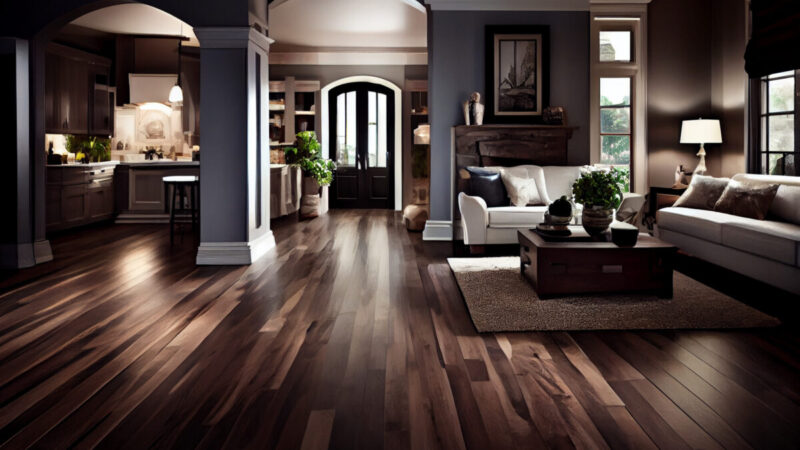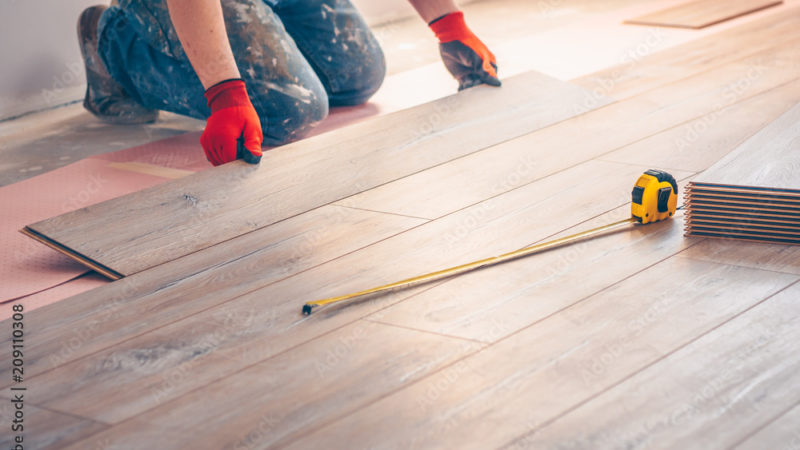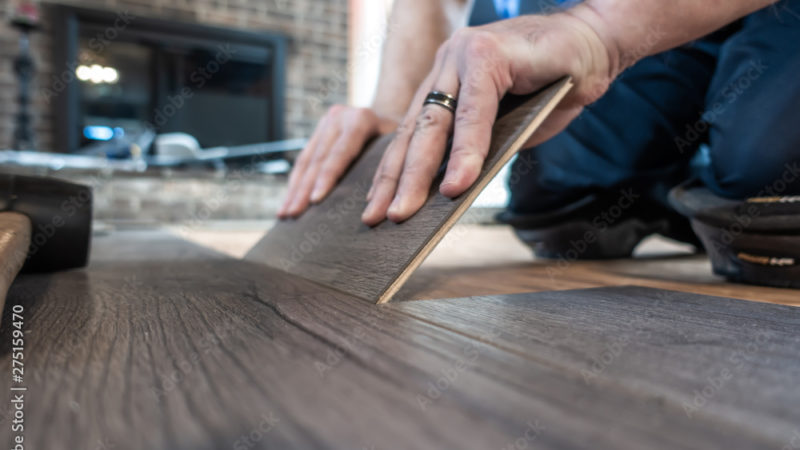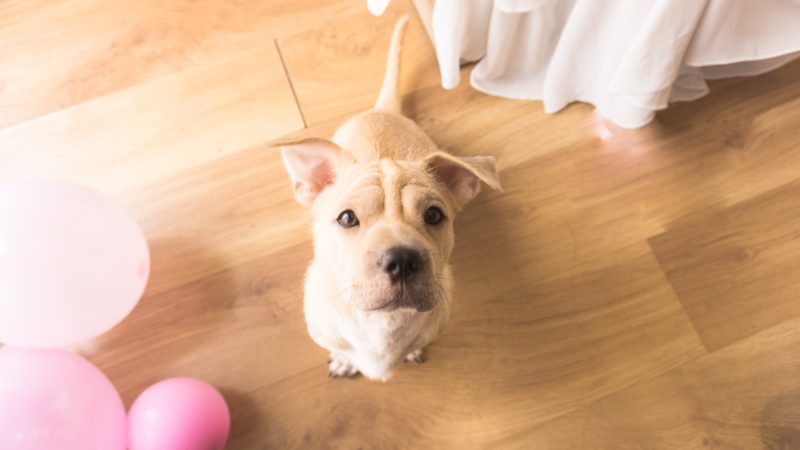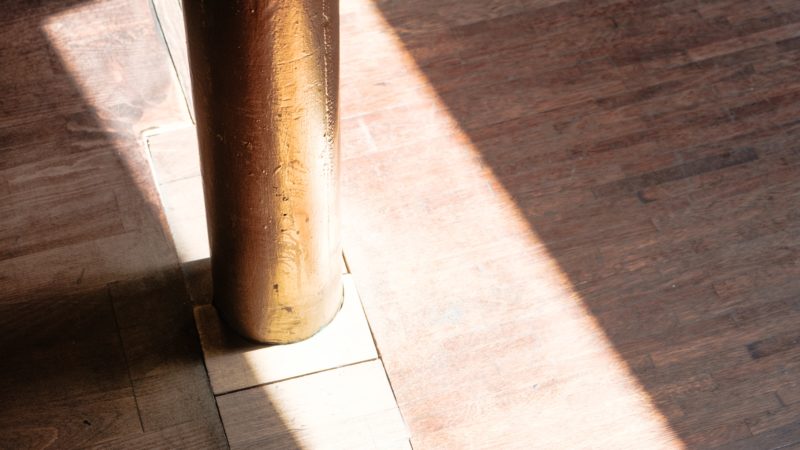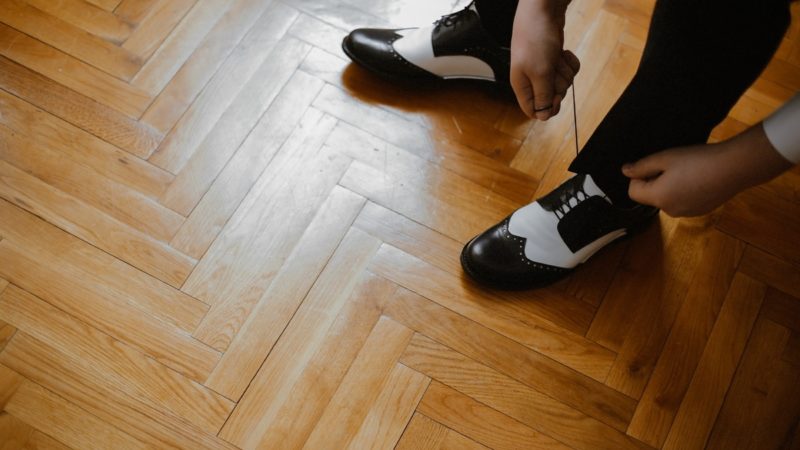Cleaning Laminate Floors
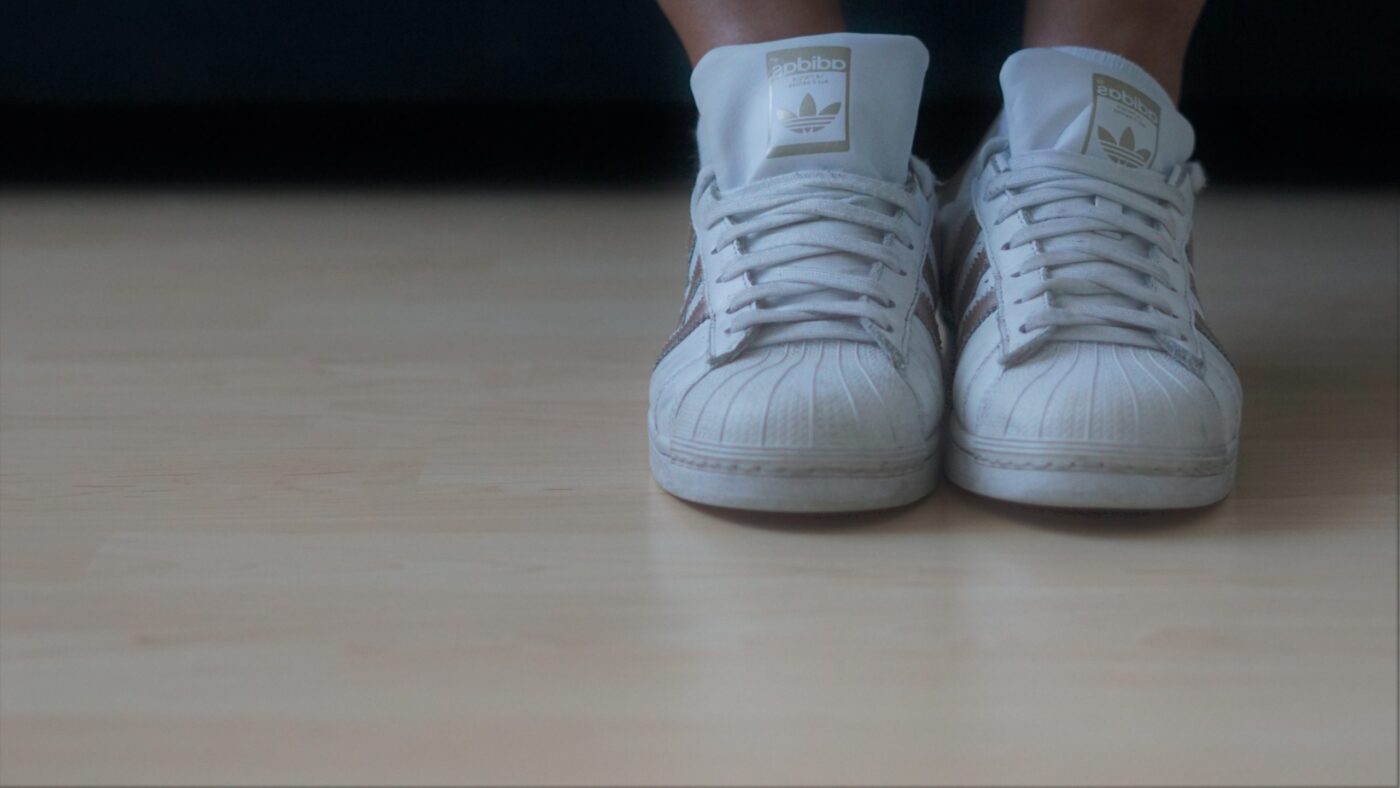
How to Clean Laminate Flooring
Laminate flooring has gained popularity for a variety of residential, commercial, and industrial uses since it was invented by Perstorp in 1977. Thanks to high-definition imaging technology along with other innovations in the laminate flooring industry, these floors project a stunning realism that previously could not be achieved. Laminate floors are just as easy to clean as they are to install. Without the maintenance hassles of hardwood, carpet, or natural stone tile, laminate flooring provides a sensible alternative that healthily balances utility with style.
Proper Laminate Floor Care
 Unfortunately, there is a great deal of misinformation out there on proper laminate floor care. Be especially wary of user-based internet forum suggestions; many people give horrible or questionable cleaning advice that ranges from the uninformed to the absurdly outrageous. Window cleaner, Murphy’s Oil Soap, gasoline, and even dog urine have all been suggested based on secondhand anecdotal evidence at best, as these products (especially dog urine due to its alkaline nature) should be avoided. Although diluted window cleaner in small amounts is good for small areas with tough stains, it should never be used to clean the entire floor. This can do irreversible damage by stripping away the protective laminate wear layer.
Unfortunately, there is a great deal of misinformation out there on proper laminate floor care. Be especially wary of user-based internet forum suggestions; many people give horrible or questionable cleaning advice that ranges from the uninformed to the absurdly outrageous. Window cleaner, Murphy’s Oil Soap, gasoline, and even dog urine have all been suggested based on secondhand anecdotal evidence at best, as these products (especially dog urine due to its alkaline nature) should be avoided. Although diluted window cleaner in small amounts is good for small areas with tough stains, it should never be used to clean the entire floor. This can do irreversible damage by stripping away the protective laminate wear layer.

What may work extremely well on one surface will do irreparable harm to another, especially with laminate floors. All too often, many people confuse laminate floors with engineered hardwood in spite of the fact that these surfaces are far from similar in their construction. Some dubious companies advertise the benefits of using steam cleaners that are “safe” for a wide variety of flooring surfaces, including laminate, vinyl, and even hardwood. Unfortunately, many people are not aware that using steam mops is particularly bad for laminates, as excess moisture can seep through the cracks of floating floor joints into the subfloor and cause the floor covering to shift, warp, and buckle. Using any kind of soap is also not advisable, since this will leave streaks on the surface that are difficult to get out without relentless rinsing and wiping.
How To Clean Laminate Floors?
Before cleaning your laminate floor, it is important to sweep it first in order to remove excess dust, dirt, and grime that accumulate over time. Vacuuming with a soft brush attachment will further remove dust particles left behind from sweeping; this eliminates the chance of grinding dirt into the floor when applying a surface cleaner. Several good, reasonably priced laminate floor cleaners are available on the market, yet this is generally not required every time you clean. If you choose to use floor cleaners, make sure to follow the instructions on the bottle, as failure to do so could result in damage to your floor.
Use Proper Cleaners/Solutions For Cleaning Laminate Floors
Once you are done vacuuming and using your floor cleaner, a damp sponge mop should be applied to the laminate floor in the direction of the grain of the surface in order to avoid trapping dirt in the tiny cracks between planks. A neat little cost-effective trick for the damp mop is the addition of a small amount of vinegar (usually ¼ cup of vinegar for one gallon of water). This will not leave streaks on the laminate and generally eliminates the need for expensive cleaners. When you are done mopping, you can either buff your floor with a dry towel or leave it to dry on its own. Tough stains such as shoe polish, tar, and red wine can be removed with a diluted acetone solution commonly found in standard nail polish removers. It is important never to use concentrated acetone, as this can eat through the protective wear layer. If you are extra fastidious about your laminate floor, a daily quick dry mop will keep it shining like new.

